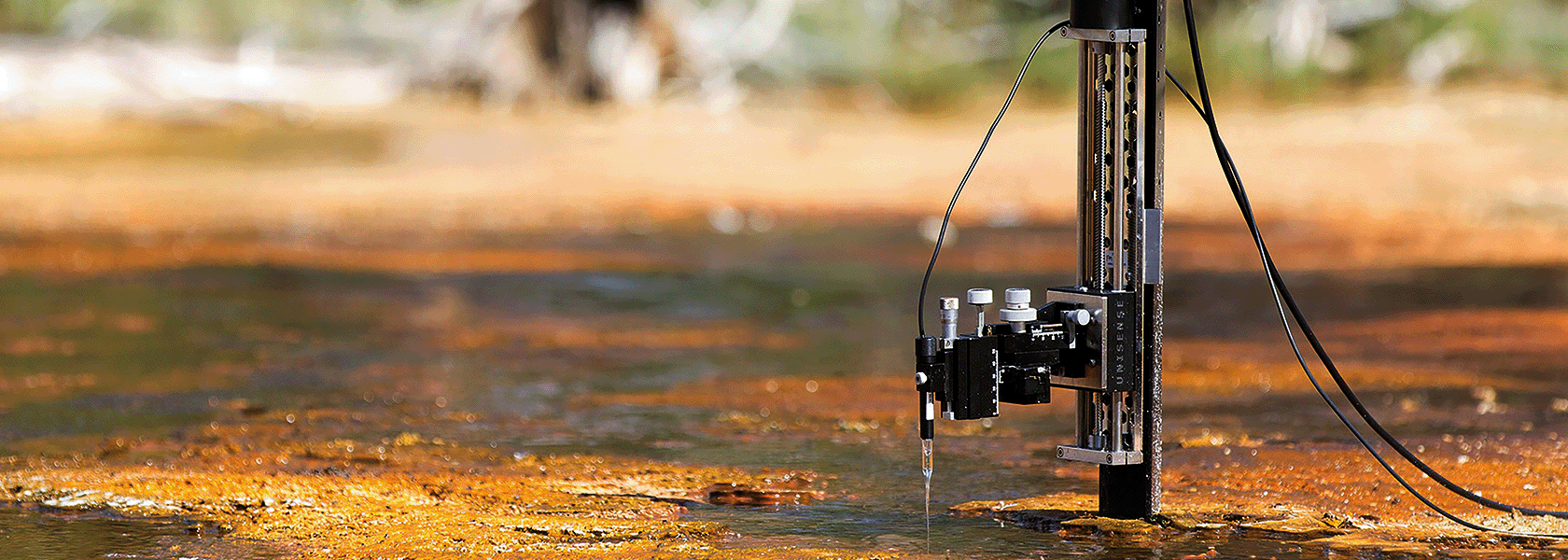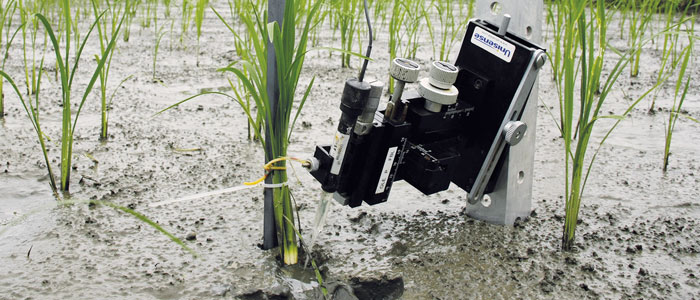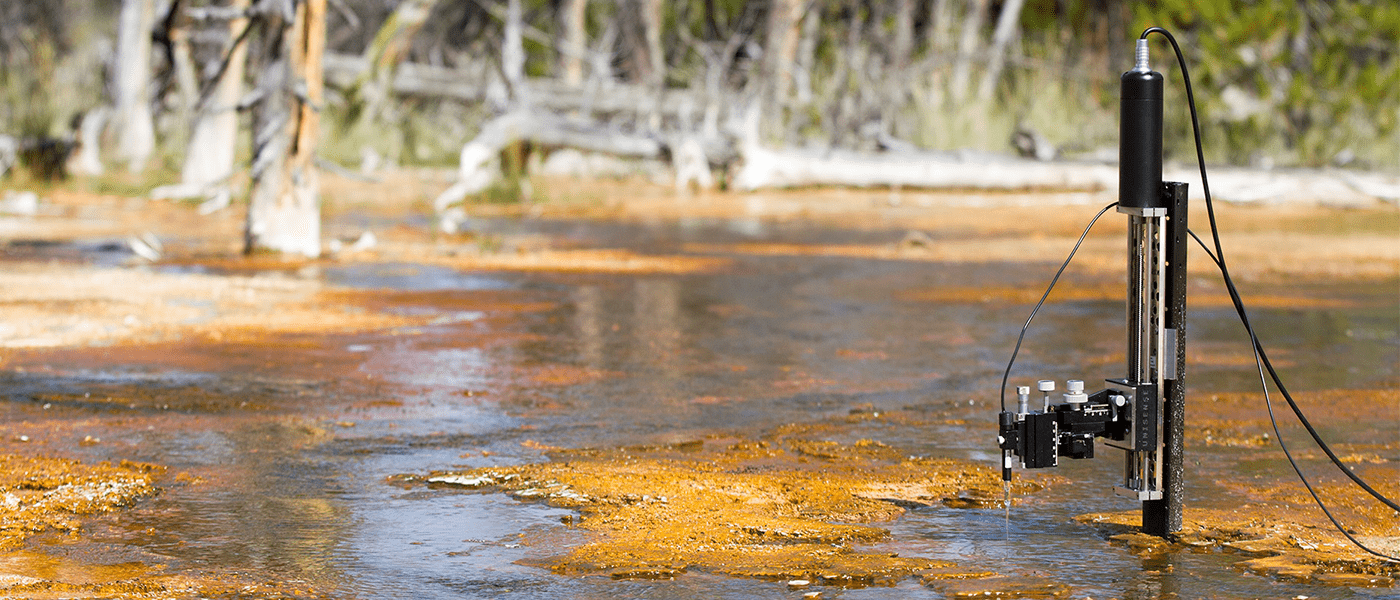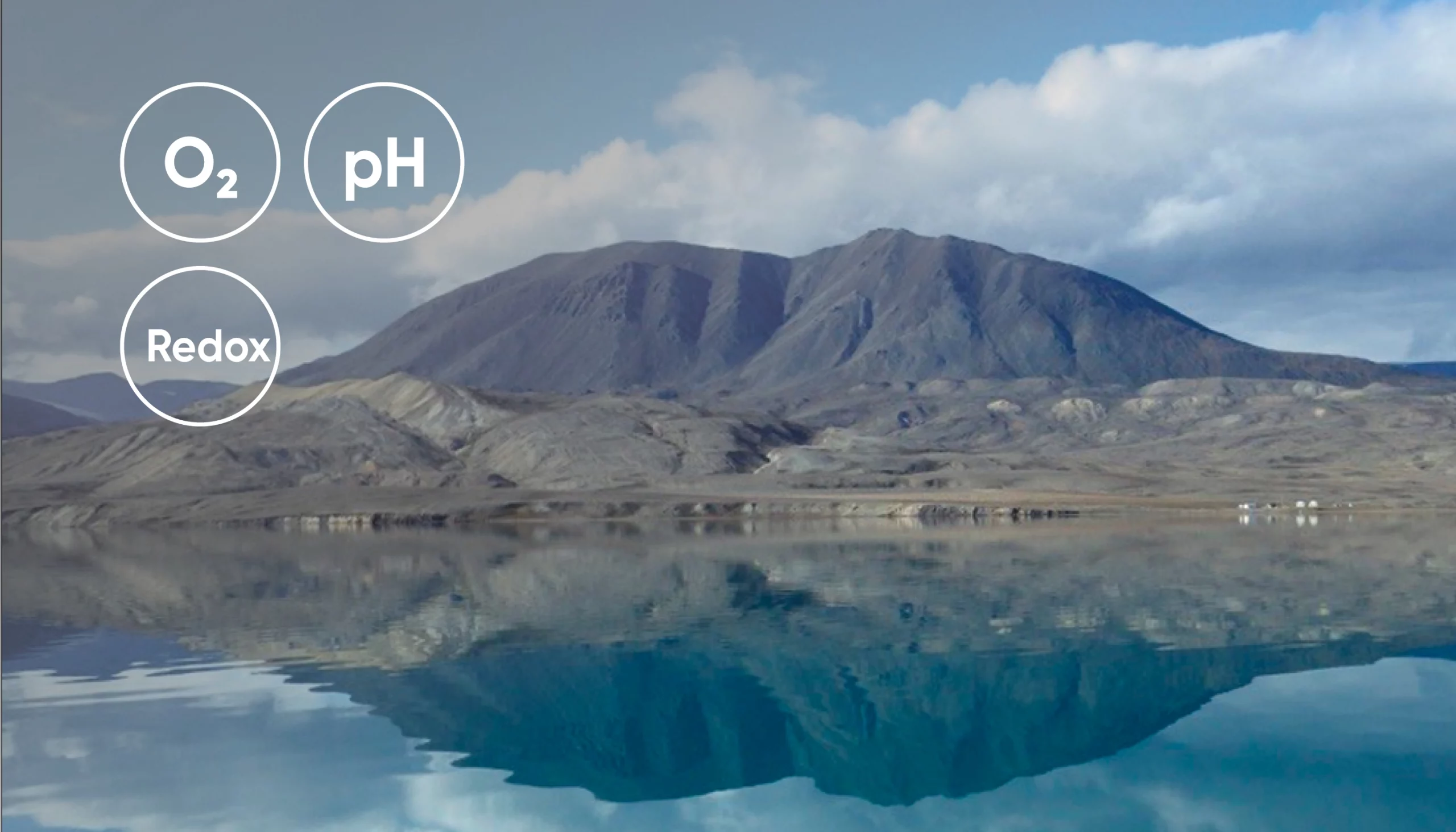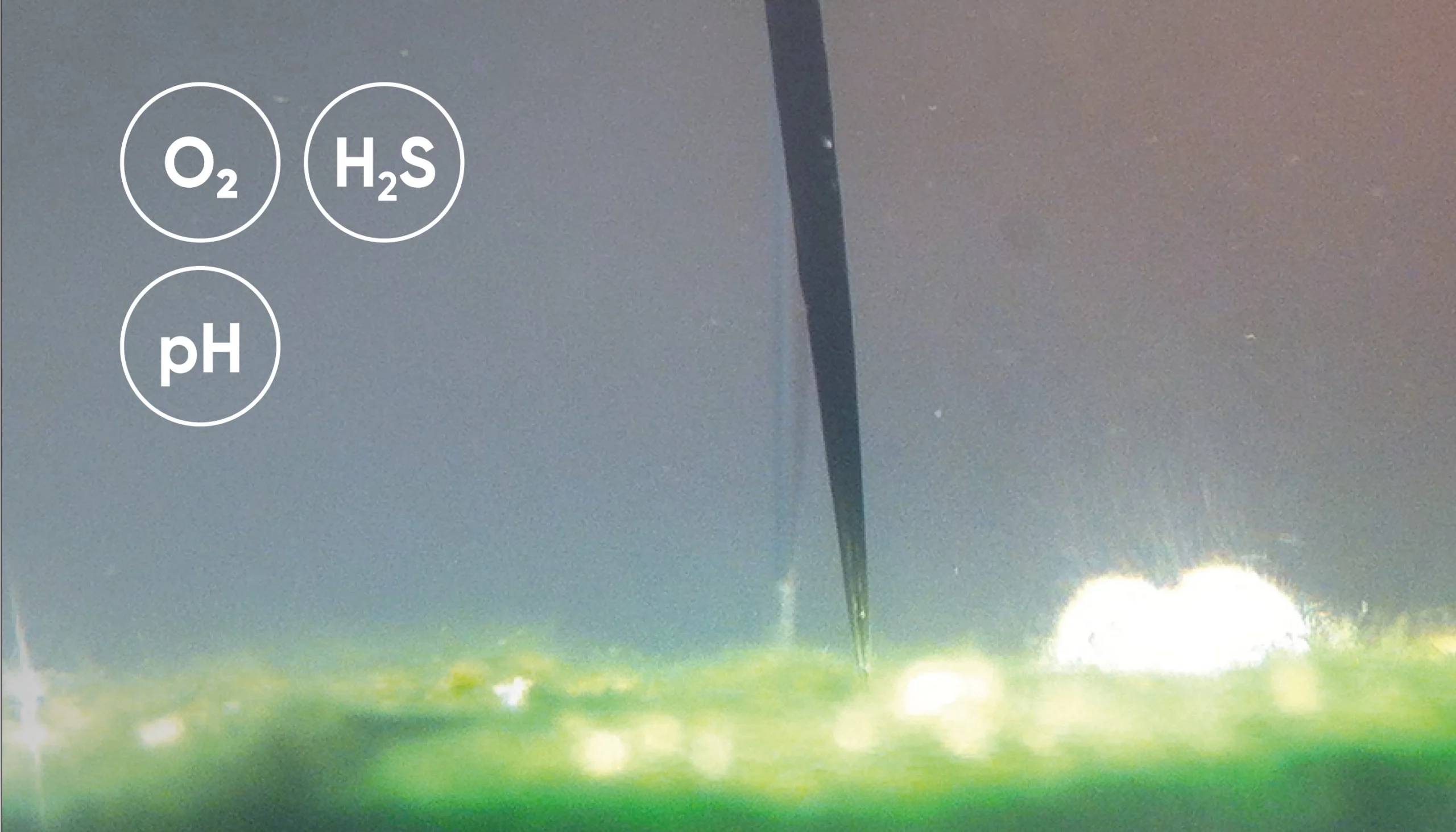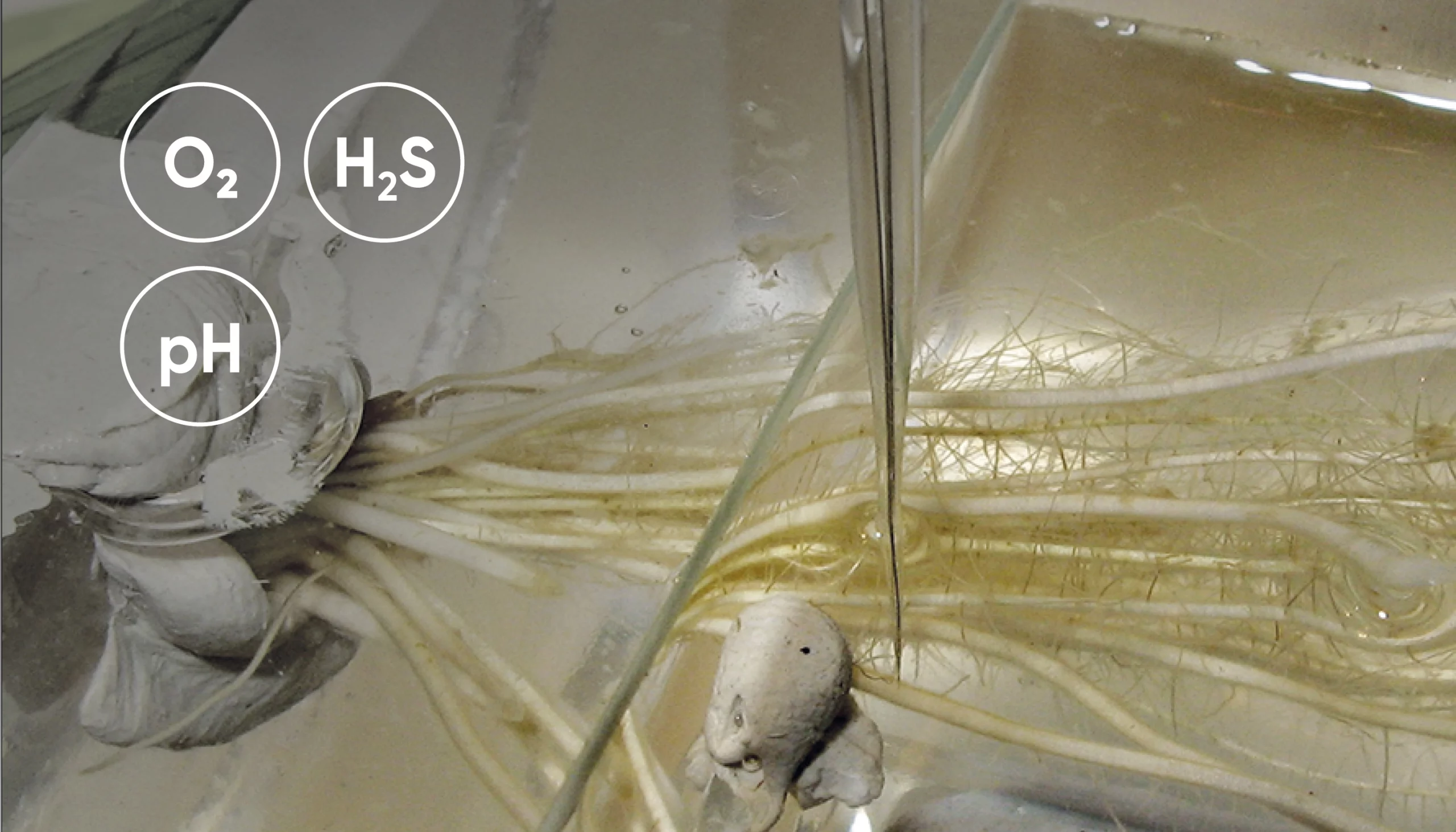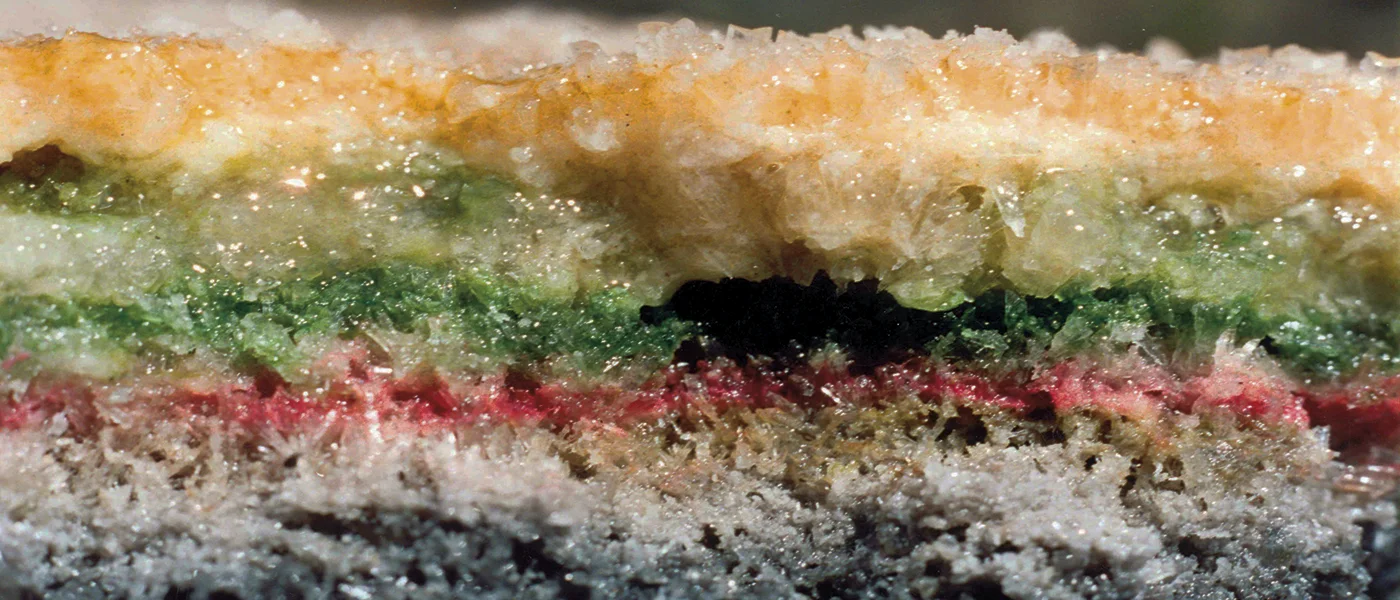The Winning Formula
Ole Pedersen, co-founder of Unisense and expert microsensor user, has applied microsensors in seagrass beds in the Caribbean Sea, rice paddies in the Philippines, and peat swamps in Australia. In this article, Ole shares "The Winning Formula" for conducting microsensor experiments. Read more...
Sediment Profiling Analysis
Learn how to use SensorTrace Profiling to quantify the consumption rate of oxygen as well as the oxygen exchange rate across the water - sediment interface, from a high resolution oxygen profile, measured with a MicroProfiling System. Read more...
Effects of global warming in Arctic lake
A research group from University of Alberta used the Field Microprofiling System and microsensors for O2, pH and Redox to quantify the effects of increased glacial runoff on sediment processes in Lake Hazen. Their results were in Nature Scientific Reports. Read more...
Photosynthetic biofilms
With sensor tip sizes down to 3 µm, Unisense microsensors make it possible to perform measurements at high spatial resolution. An example is this investigation of the dynamics within the layers of microbial mats. Read more...
Measuring in Rhizosphere
In this study, microsensors were used to demonstrate how sulfide oxidation influenced the sulfide concentration at the root of a macrophyte. Read more...
Oxygen profiles in salty crust
Dr. Don Canfield and Ketil Sørensen, University of Southern Denmark used needle sensors to examine the vertical distribution of phototrophic and non-phototrophic microorganisms in 2 saltern evaporation ponds with salinities of 156 and 206 g l-1. Read more...
Products
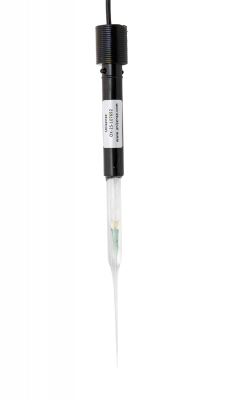
High performance oxygen microsensor

UniAmp Multi Channel for all Unisense sensors and electrodes including optical sensors
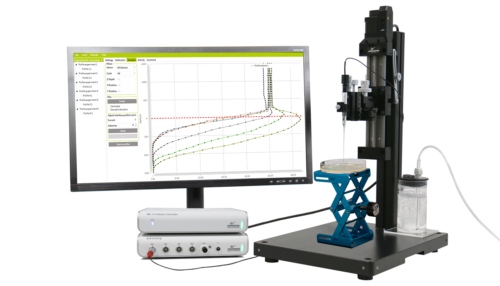
Microprofiles with extreme accuracy, high spatial and temporal resolution
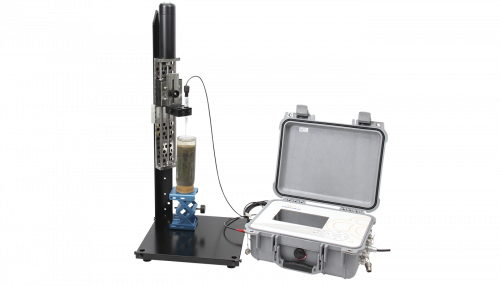
Water resistant Field MicroProfiling System to generate, study, and analyze microprofiles
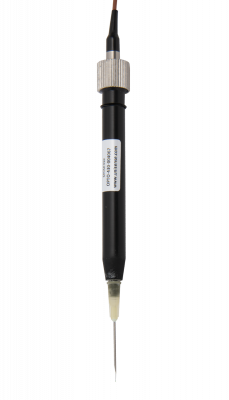
Optical oxygen sensor technology
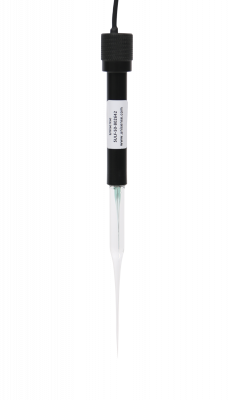
Detect hydrogen sulfide in your sample
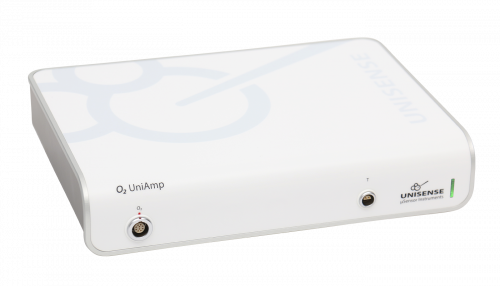
Economic amplifier portfolio for single analytes - O2, pH/mV, H2, N2O or H2S
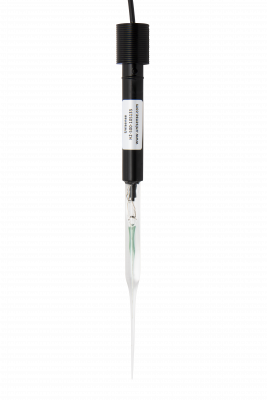
Highly sensitive hydrogen sensor for gas and liquid measurements
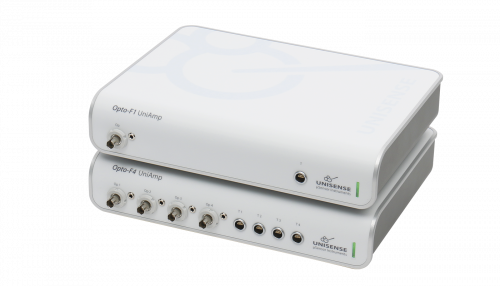
Optode meter for accurate quantification
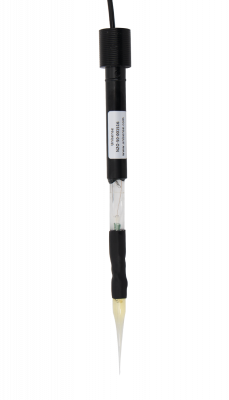
Measure dissolved and gaseous nitrous oxide
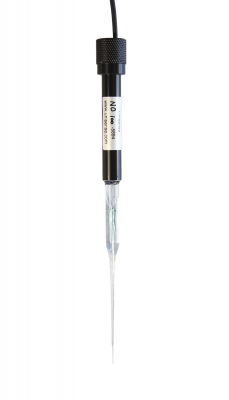
Measure minute concentrations of nitric oxide
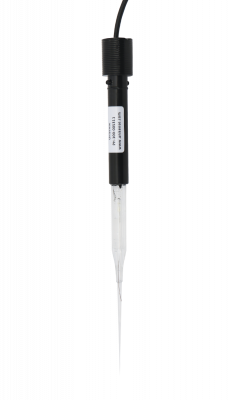
Miniaturized pH electrode
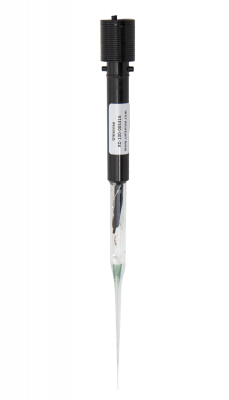
Measure redox potential in microenvironments
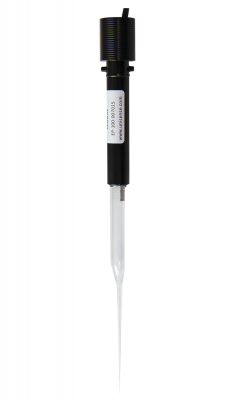
Microelectrode to measure electric potential
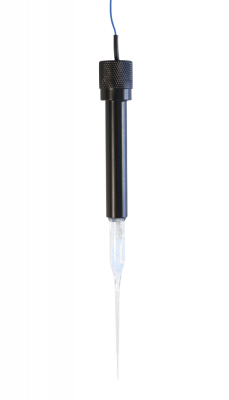
Reference electrode for pH or Redox microelectrodes

